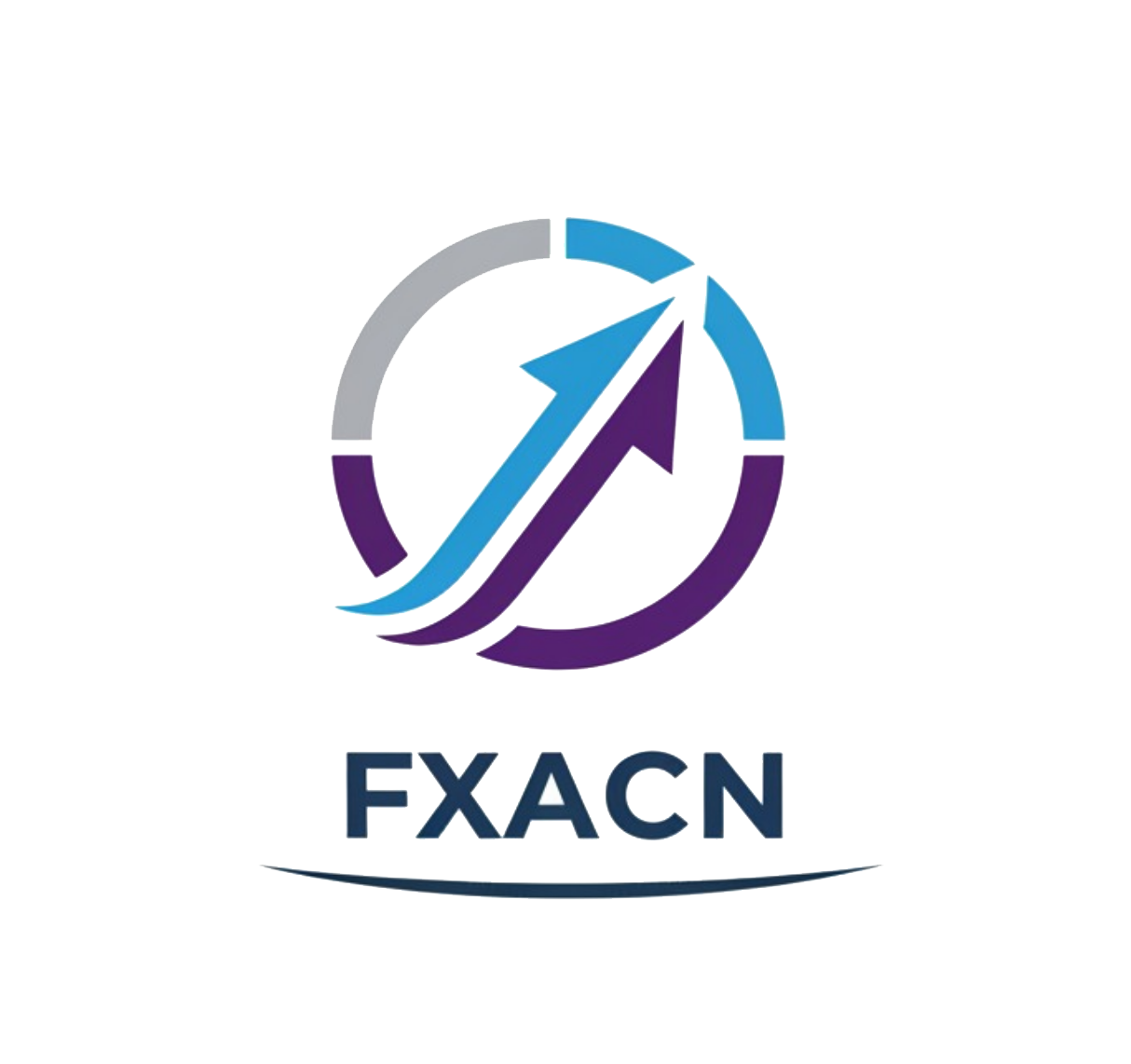Introduction
Binance is a leading cryptocurrency exchange established in 2017 and quickly became one of the largest trading platforms in the world, known for its vast selection of cryptocurrencies and innovative trading features. Positioned as a comprehensive hub for crypto trading, Binance provides users access to trading options ranging from spot and margin trading to futures and staking opportunities. However, the influx of users seeking to engage in digital assets necessitates a cautious evaluation of the exchange’s credibility and safety. With the cryptocurrency market rife with volatility and the potential for scams, it is essential for traders to be vigilant about choosing trustworthy platforms. This article aims to objectively evaluate the safety and legitimacy of Binance by analyzing its regulatory status, company background, trading conditions, client funds security, user experiences, and presenting risk assessments and concluding recommendations.
Regulatory and Legitimacy
When evaluating the safety of any trading platform, understanding its regulatory status is paramount. Regulatory oversight serves as a critical metric to ensure that a broker adheres to standards designed to protect investors. Binance operates through multiple regulatory jurisdictions and has been gradually seeking approvals across various countries, though it has faced regulatory scrutiny. Here is a summary of Binance’s key regulatory information:
| Regulatory Body | License Number | Regulatory Area | Verification Status |
|---|---|---|---|
| Financial Crimes Enforcement Network (FinCEN) | N/A | United States | Verified |
| Lithuanian Financial Intelligence Unit (FIU) | 305595206 | Lithuania | Verified |
| Autorité des Marchés Financiers (AMF) | E 2022 – 037 | France | Verified |
| Australian Securities and Investments Commission (ASIC) | N/A | Australia | Verified |
| Swedish Financial Supervisory Authority (SFSA) | 66822 | Sweden | Verified |
Despite some regulatory approvals, past events have raised concerns regarding Binance’s adherence to compliance requirements. The exchange was established in Malta but moved its operational base in response to tightening regulations in China. The quality of Binance’s regulation has often been questioned, especially due to its previous controversies and regulatory challenges, particularly in the US. While the platform has taken steps to address these concerns and work on compliance, potential users should remain aware of the evolving regulatory landscape.
Company Background Investigation
Binance was founded by Changpeng Zhao, a prominent figure in the cryptocurrency world, who previously worked on numerous blockchain projects. Initially funded through an Initial Coin Offering (ICO), Binance has risen rapidly within the crypto sphere, drawing significant venture capital and creating an extensive user base. The company started with a focus on trading and has transitioned into a platform offering diverse features such as staking, loans, and decentralized exchanges.
The leadership team of Binance has an impressive background in technology and finance, significantly contributing to the platform’s design and its growth trajectory. Zhao’s vision for Binance has been to create a user-centric exchange that enables easy trading and access to cryptocurrencies, thereby appealing to both novice and experienced users.
Transparency
However, despite its impressive growth, Binance has faced challenges in transparency. Reports of regulatory clashes, security breaches, and allegations of operational opacity have surfaced, impacting the company’s reputation. Although Binance promotes a degree of transparency through regular updates and community engagement, the overall level of information disclosure has been viewed as inconsistent compared to more heavily regulated exchanges.
Trading Conditions Analysis
The trading conditions on Binance are one of its most attractive features. The platform boasts competitive fee structures with a flat trading fee of 0.1% for both maker and taker orders, which can be further reduced by using Binance’s native currency, BNB. Here’s a comparative summary of core trading costs:
| Fee Type | Binance | Industry Average |
|---|---|---|
| Major Currency Pair Spread | 0.1% | 0.2% |
| Commission Model | Flat Fee | Variable Fee |
| Overnight Interest Range | Varies | Varies |
While the fee structure is appealing, potential users should be cautious about some disparities in withdrawal fees for specific cryptocurrencies, which can sometimes be significantly higher than other exchanges. For example, certain tokens might have withdrawal fees that seem punitive, potentially creating a barrier for users who wish to transfer their assets out of Binance.
Client Funds Security
Client fund safety is critical for any trading platform, and Binance has implemented numerous measures to protect user assets. With around 90% of client funds held in cold storage, the risk of hacking is mitigated. Moreover, Binance employs a Secure Asset Fund for Users (SAFU), an emergency insurance fund intended to cover user losses in the event of security breaches, currently valued at approximately $1 billion.
Despite these robust measures, Binance has experienced significant breaches, notably in May 2019 when hackers stole 7,000 bitcoins worth around $40 million. Following this incident, Binance rapidly reimbursed affected users from the SAFU, indicating a commitment to client security and satisfaction. However, users should always adopt best practices, such as enabling two-factor authentication (2FA) and using withdrawal address whitelisting to ensure personal account protection.
Customer Experience and Complaints
User reviews highlight both positive and negative aspects of the Binance trading experience. Many users appreciate the platform’s extensive features, low fees, and high liquidity. Yet, common complaints arise regarding customer service response times, verification delays, and the complexity of the trading interface for new users.
Here are typical complaint types along with their severity assessments:
| Complaint Type | Severity Level | Company Response |
|---|---|---|
| Slow Customer Support | High | Mixed |
| Account Verification Delays | Medium | Improving |
| Withdrawal Fee Discrepancies | Medium | Not Resolved |
Case Analysis: One user reported an account verification delay lasting over a week, leading to frustration as they could not begin trading. In another instance, a user faced unexpected withdrawal delays, which resulted in significant losses during market volatility. While user feedback often indicates a need for improvement in customer service efficiency, many users still trust Binance due to its proactive measures in addressing issues once they arise.
Platform and Trade Execution
The Binance platform is known for its advanced functionalities, enabling high volumes of trading. The user interface offers various tools for different trading strategies, although it does come with a learning curve. While execution quality is generally high, the occurrence of slippage can sometimes be observed during periods of extreme market activity.
Though no outright signs of market manipulation have been reported, user feedback points to occasional execution delays—particularly during peak trading hours. These factors could impact traders’ decision-making and execution efficiency, hence emphasizing the importance of staying informed about market conditions.
Risk Assessment
Engaging with Binance presents multiple risks that traders should consider:
| Risk Category | Risk Level | Brief Explanation |
|---|---|---|
| Regulatory Compliance | Medium | Ongoing scrutiny could affect services in various regions. |
| Security Breaches | High | Past breaches highlight potential vulnerability. |
| Customer Service Delays | Medium | Slow responses might hinder trading activities. |
| Market Volatility | High | Crypto markets’ nature increases risk exposure. |
Mitigation Recommendations: Users can lower their exposure to risks by enabling all available security features, regularly withdrawing funds they are no longer trading, and keeping abreast of regulatory changes affecting Binance in their region.
Conclusion and Recommendations
In summary, while Binance has established itself as a leader in the cryptocurrency trading space, it is not without flaws. Regulatory hurdles, past breaches, and customer complaints warrant a cautious approach. However, the platform’s strong liquidity, competitive fees, and expansive asset offerings contribute heavily to its respected reputation.
To answer the question, “Is Binance safe or a scam?”—the platform appears legitimate and primarily safe, albeit with inherent risks common to cryptocurrency exchanges. Traders seeking to utilize Binance should ensure they adopt appropriate personal security measures and remain aware of the evolving regulatory landscape. For those prioritizing security or simplicity, it may also be wise to explore other regulated alternatives such as Coinbase or Kraken. These exchanges offer robust regulatory oversight and user-friendly interfaces that might suit novice traders better while minimizing exposure to risks.


